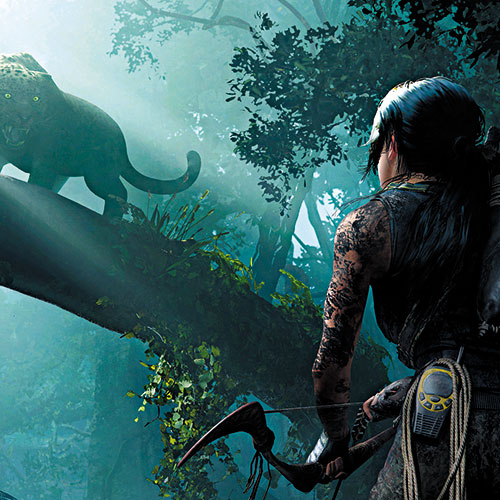Paige FTW: Lara Croft Fights Her ‘Shadow’

As usual, I’m about six months late to the party, but I finally got around to playing Shadow of the Tomb Raider last week.
The game did not release to particular fanfare, and I can see why. It’s simply fine. It’s another Tomb Raider game, this time featuring a slightly less wide-eyed Lara Croft hustling around the lost civilizations of South America. There is no shortage of Mayan or Incan or Aztec ruins for her to dive into. The world is on the verge of apocalypse, as is par for the course, thanks to the nefarious, power-hungry cult Trinity. Naturally, Lara believes only she can save mankind.
Honestly, it’s nothing special, as far as story goes. Lara is still struggling with her hero complex, trauma and white privilege, and she gets gently schooled on all accounts, but not enough to prevent her from worming her way through conflict as The Only One Who Can Stop This. The game leans hard into challenge tombs and exploration — as a game called Tomb Raider should.
The biggest critique of the game, as far as I could tell, was that it simply didn’t innovate enough. It was just … more Tomb Raider, which is not unreasonable to expect of a sequel, but also somehow uncharacteristic of an era where every iteration of series is expected to push the envelope a little further.
Is innovation always required? Is it not OK to perfect a formula in lieu of rewriting it completely?
I suppose what it boils down to is how good the formula is. The Pokemon formula, much as I enjoy griping about it, is masterfully done. It has barely changed in 20 years because it’s just that good.
The Tomb Raider games are also good. But they could be better — pushed a little further, a little harder, a little past the genre conventions into bold new territory. Perhaps now that this Lara Croft has found her feet, she can start heading in new directions.











